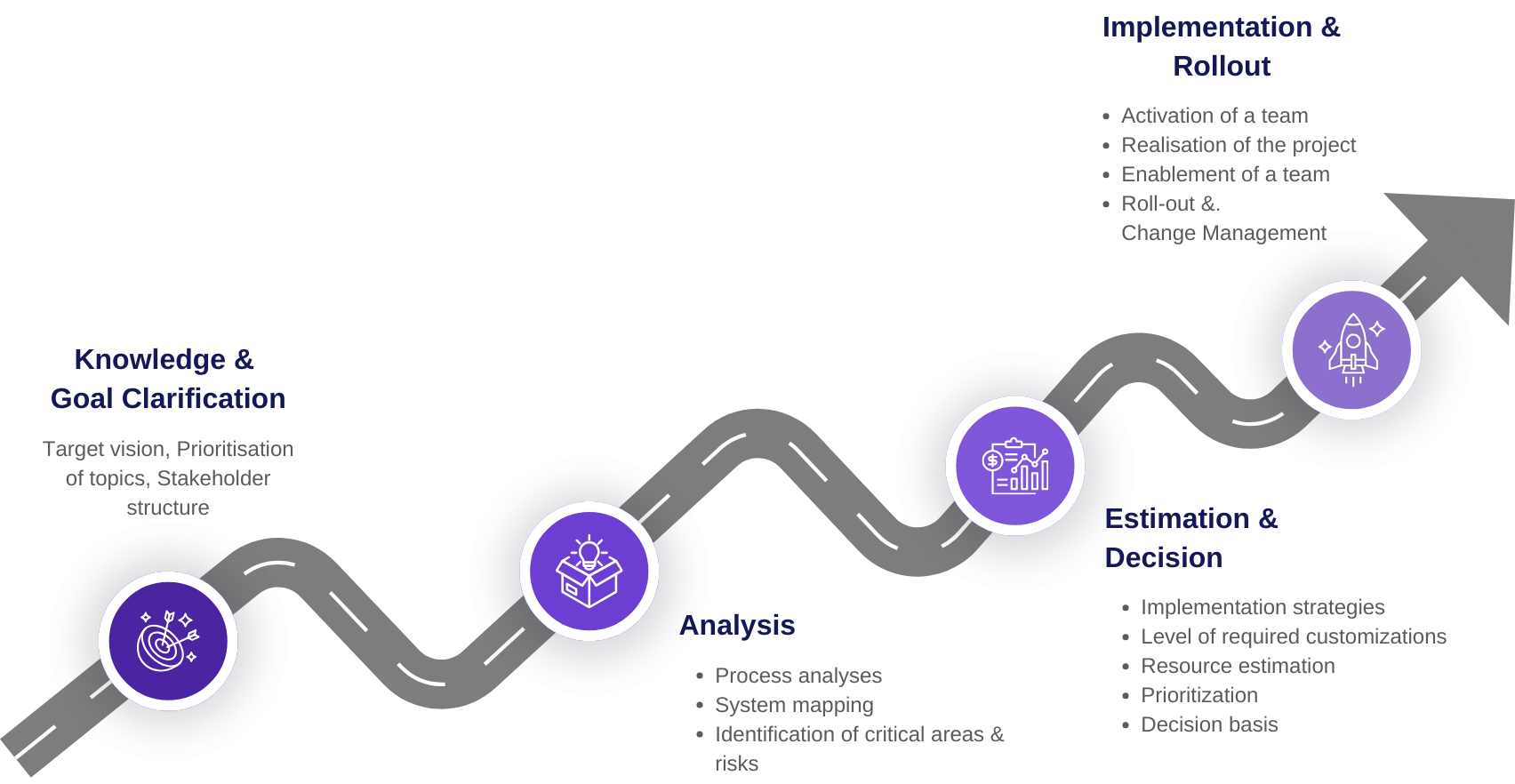Stop the 4× Cost Spiral in ServiceNow Projects: Why a Readiness Check Pays for Itself
Introduction
If your ServiceNow roadmap is heating up - new module rollouts, cross-team integrations, or a platform re-start - there’s a silent risk most teams underestimate: costly customizations and weak change management. That combo regularly pushes implementation effort to 3 - 4× the license spend, delaying go-lives and crushing adoption.
What’s going wrong in most projects (and why it’s avoidable)?
Two patterns drive runaway cost and delay:
- Over-customization: Teams believe their processes are “unique” and skip what’s available out-of-the-box—creating technical debt, upgrade pain, and fragile solutions.
- Thin change management: Rushing requirements and sidelining end-users leads to misfit workflows, pushback, and low adoption after go-live.
The result? Slipped dates, ballooning budgets, vendor lock-in, and frustrated users.
The countermeasure: Rynex Readiness Check
A Readiness Check is a focused advisory engagement before you build. It aligns vision, scope, feasibility, and governance so your program starts on rails rather than hope.
Primary objective: reduce risk and create an unbiased basis to decide what should be standard vs. custom—plus the pre-work needed for a smooth rollout.
Inside the whitepaper: the 4-phase playbook
- Goal Clarification - Align on the target vision, pain points, success criteria, and stakeholders; capture industry-relevant ServiceNow use cases.
- Analysis - Map current workflows/systems, surface risks (incl. “sacred cows”), and assess data and regulatory constraints.
- Estimation & Draft Roadmap - Compare standard-first vs. customized paths, with effort, resource, and timeline estimates; define rollout priorities.
- Decision & Next Steps - Executive review with a go/no-go basis, standardization recommendations, budget guidance, and a clear next-steps list.
You’ll also see how we staff the work (PMs, developers for feasibility, certified change leads) so outcomes are practical, not theoretical.
3 outcomes leaders care about
- Lower total cost of ownership - A standard-first posture often delivers 92 - 95% of needs with configuration, keeping custom work to ~5 - 8% - which simplifies upgrades and reduces lifetime cost.
- Faster time-to-value - Clear scope + OOTB usage = shorter build cycles, quicker automation, and earlier ROI.
- Real adoption, not shelfware - Front-loaded stakeholder engagement and readiness planning reduce resistance at go-live.
The contrast is strong: predictable costs, faster go-lives, lower risk, easier maintenance - and higher user buy-in.
Who should read this?
- CIOs/CTOs & Platform Owners facing multi-domain rollouts
- Customer Service / Field Service leaders aiming for standardization without losing critical nuance
- Program & PMO leads who need a defensible plan, estimates, and stage-gates
What you’ll learn from the whitepaper?
- The 4-phase method to align stakeholders and scope before build.
- How to decide standard vs. custom with evidence, not opinion.
- How to model timelines, resources, and rollout waves credibly.
- How to bake change management into the plan from day one.
Is this just for automotive?
No. Any distributed network - dealers, franchisees, service centres, field service organisations—benefits from the same pattern: single intake, mobile context, guided action, shared data.
Ready to de-risk your next move?
Download the executive whitepaper to see the templates, decisions, and example outputs we use to keep projects on-budget, on-time, and on-target.
👉 Get the whitepaper here: whitepaper.rynex.de/readiness-check
